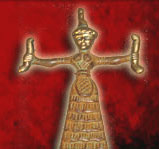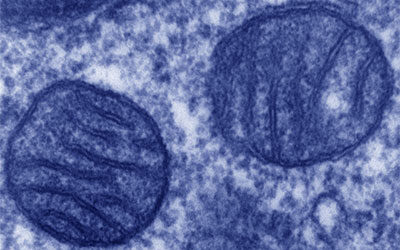using music and dance to uplift the spirit
 I discovered tribal bellydance in 2004 in Prescott, Arizona through Troupe Salamat. I had taken traditional bellydance lessons in NYC but the tribal fusion style had not yet arrived on the East Coast. Whereas cabaret style belly dancing is done as an individual dance and can include a choreographed piece, tribal style is usually an improvisational, synchronized dance done by a group of women.
I discovered tribal bellydance in 2004 in Prescott, Arizona through Troupe Salamat. I had taken traditional bellydance lessons in NYC but the tribal fusion style had not yet arrived on the East Coast. Whereas cabaret style belly dancing is done as an individual dance and can include a choreographed piece, tribal style is usually an improvisational, synchronized dance done by a group of women.
Costuming is an important part of the dance, and outfits are derived from Middle Eastern and other tribal styles, with ornate tops and skirts, heavy makeup and hair pieces. Goth and punk elements are often incorporated. From Troupe Salamat’s website:
Improvisational Tribal Style dancing is the creative blending of styles evoking feelings of exotic locales and mythical eras. The costumes are composed of hand-embroidered silks and woolens, authentic jewelry and coins, and Berber-wrapped turbans, expertly combined for theatrical effect. Rich and colorful costuming enhances the exotic presentation of the dance…
The Turban has its origins in Berber culture, although it is common from Sudan to India to Morocco. It adds to the exotic flavor of American Bellydance.
The Choli and Veil are indigenous to India and are usually made of brightly colored and highly decorated fabrics. The open back of the choli allows for air circulation in sub-tropical climates.
The Skirt is reminiscent of full, many tiered skirts of Roma/ Turkish gypsies. It is also of Spanish origin, used to flip and accentuate spins and turns.
The Tribal Tattoos were originally used in nomadic tribes so as to scarify and protect children from marauding tribes. They are now used by dancers in a decorative fashion. The symbolism is individual to each dancer.
While in Prescott, I quickly descended into a deep and tortuous rut called environmental illness. The condition severely limited my freedom to go where I wanted and to do what I wanted. I could not find any environment – indoor or outdoor – that could alleviate my pain and discomfort. Each night I had to sleep with a face mask on, and still hardly got a wink of sleep due to cardiac symptoms that kept me in fear of a heart attack by morning.
I was also experiencing post traumatic stress disorder (PTSD) from this sudden onset of severe chemical sensitivity. As my life fell apart around me – and I was forced to drop out of the sustainable architecture program that brought me to Prescott in the first place – I discovered Terri Walden, director of the troupe, and Troupe Salamat. I took a two hour dance class twice a week. By the time I had walked the 20 minutes to the dance studio, I could barely breathe between the car exhaust fumes I inhaled walking along the highway and the lingering smell of incense in the dance studio. But soon after class began, I forgot about my breathing troubles and by the end of the session my lungs had cleared completely. Sometimes, there is nothing like exercise to clear a reaction.
I went to every performance the group gave while I was in town, even if it meant having to watch from outside through a window. I also began attending their weekly rehearsals and I would play my dumbek (Arabic hand drum) with some others to accompany their dance. The music, dance, and community was my only source of joy during this incredibly challenging time and it sustained my sanity. I was so sad to leave Prescott when the time came.
Later, when I was living in a mold-infested apartment in NYC and my severe chemical sensitivity essentially made me a prisoner in my home due to the extensive use of chemicals outside my door, I spent an hour or two dancing alone barefoot in my apartment every day without fail. I was extremely isolated but as my bare feet touched the floor, they connected with the earth that countless women danced on since ancient times. I felt bonded with the history of the dance, and with all the women that came before me. For that time, I felt transported, and free from the virtual prison I existed in.
I encourage anyone with a disabling chronic condition to find something that gives rise to passion – whether a dance form, style of music, whatever – and immerse yourself in it as best as you can. It’s a wonderful way to distract oneself from terrible symptoms and provide a mental escape from the isolation and lonliness that chronic illness can bring.
If you are ever in Prescott, make sure you find yourself at a Troupe Salamat performance – it could change your life, as it did mine!
– Julie Genser © 2009








Thank you so much! I have shared this with the troupe!
Ginney,
Troupe Salamat